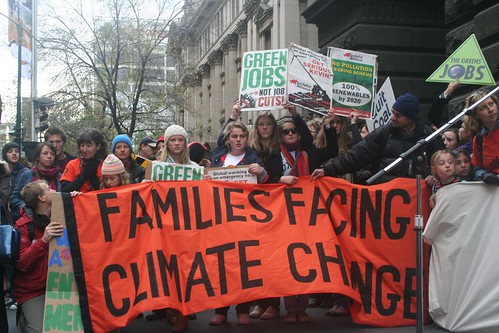Wikipedia defines
civil service as the permanent professional branches of a government's
administration, excluding military and judicial branches and elected
politicians.
In India, the civil service personnel’s
are accountable to ministers/elected representatives, who in turn are
accountable to Parliament. The Parliament is elected by the people. Thus the
bureaucrats serve the people by executing functions which are directed by
Parliament in the best interest of its people. Be it IAS or IPS or any civil
service there are a set of core values common to all. These core values
determine the standards of behaviour a person in civil service must follow. Each
individual service will have its own set of values which are based on these
core values.
Values of civil
service
Values
A member of the civil service in
discharge of his/her functions is to be guided by maintaining absolute
integrity, allegiance to the constitution and the law of the nation,
patriotism, national pride, devotion to duty, honesty, impartiality and
transparency.
- · Integrity – putting the obligations of public service above personal interests
- · Honesty – being truthful and open
- · Objectivity – basing advice and decisions on rigorous analysis of the evidence
- · Impartiality – acting solely according to the merits of the case and serving governments of different political parties equally well
In country like India where there are
so many diverse cultures, treating all people with respect is of paramount
importance. This includes giving respect to diversity of people and also giving
respect to fellow workers.
The Government of India promotes values
and a certain standard of ethics of requiring and facilitating every civil
servant
- · To discharge official duty with responsibility, honesty, accountability and without discrimination.
- · To ensure effective management, leadership development and personal growth.
- · To avoid misuse of official position or information.
- · To serve as instruments of good governance and foster social economic development.
The high level of corruption,
favouritism etc has increased the importance of maintaining civil service
values. Only when civil service values are maintained, nation building process
can go undeterred.
Good civil service values=good
governance=better nation
The question that worries governments
is, how to inculcate civil service values?
The three approaches are
- Economical
- Behavioural
- Legal
Eg: A government doctor in medical
college is given non-practising allowance. There is a vigilance wing to see
that the doctors don’t practise privately. Here the idea is that the high
salary will satisfy his financial needs (economic), while law will prevent him
from doing private practice (legal).
Its seen that the legal and economic
methods aren’t able to create civil service values in many cases. Here lies the
importance of behavioural change.(The topic behavioural change comes under “Attitude: content,
structure, function; its influence and relation with thought and behaviour;
moral and political attitudes; social influence and persuasion”)
Even after spending tonnes of money
for legal and economic changes, still civil service values have seen value erosion.
Thus these days the thought to inculcate civil service reforms is based mainly
on behavioral change.
The behavioral change methods can be
–
- Education- Creating necessary skills to enable effective decision making
- Training – The civil servants are offered in-service/mid-career training to increase professionalism and values.
- Mentoring
- Periodical review/feed back
Countries like UK, have a civil
service competency framework to enable/evaluate civil service values. Promotion
and perks would be based on “What the civil servant does to people” rather than
“Whom he knows”.














